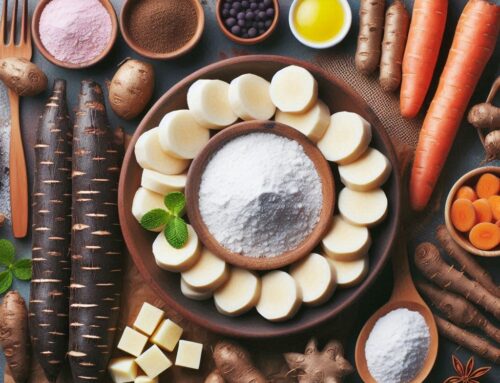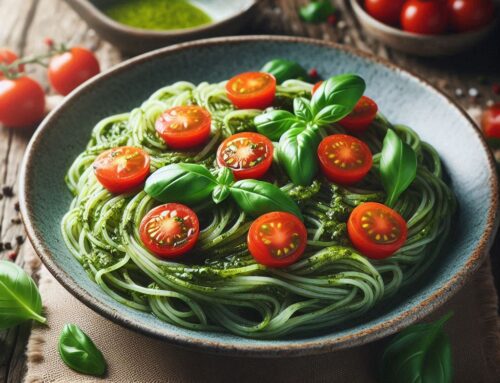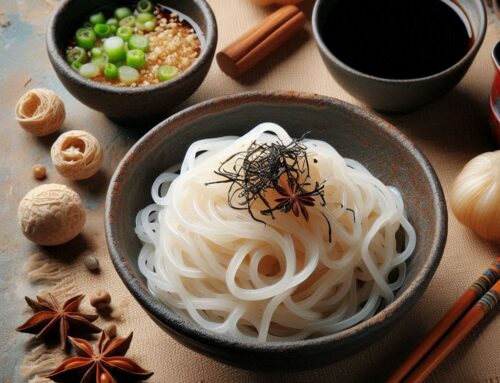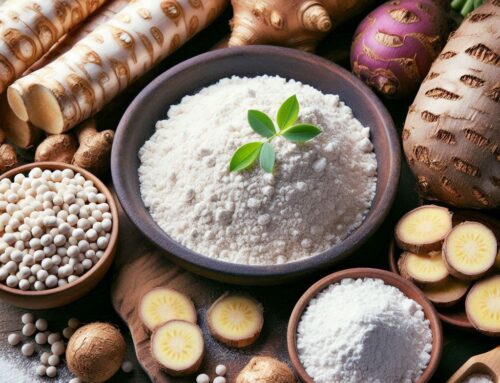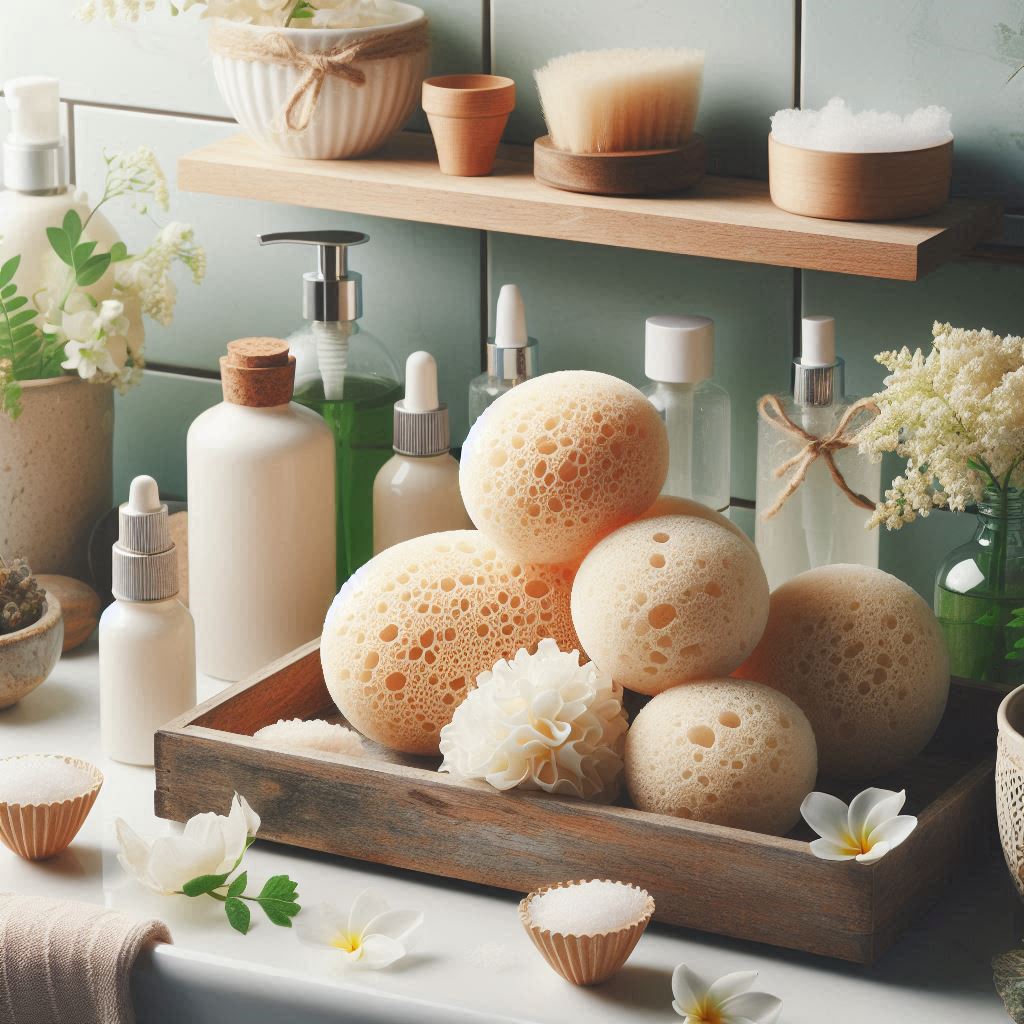
Introduction: Understanding Konjac Sponges and Their Popularity
In recent years, konjac sponges have gained significant popularity in the world of natural skincare, becoming a staple in many beauty routines. Originating from the konjac plant, these sponges are renowned for their gentle exfoliating properties and ability to enhance facial cleansing. One of the key benefits of using a konjac sponge is its ability to effectively cleanse and purify the skin without causing irritation. This makes it an ideal choice for those with sensitive skin or anyone seeking a mild yet effective cleansing tool.
Konjac sponges are celebrated not only for their skincare benefits but also for their eco-friendly nature. As they are made from 100% natural fibers, these sponges are biodegradable and sustainable, aligning perfectly with the growing demand for environmentally conscious beauty products. By choosing konjac sponges as part of your skincare regimen, you can enjoy both enhanced facial cleansing and contribute to a more sustainable approach to beauty.
The versatility of konjac sponges further adds to their appeal; they can be used alone or with your favorite cleanser to boost its effectiveness. Whether you’re looking to gently exfoliate dead skin cells or improve the overall texture of your complexion, incorporating a konjac sponge into your daily routine offers numerous advantages that cater to various skincare needs—all while supporting an eco-friendly lifestyle.
What Are Konjac Sponges Made Of and How Do They Work?
Konjac sponges have gained popularity in skincare routines for their gentle yet effective cleansing properties. These unique sponges are made from the natural plant fiber of the konjac root, a perennial plant native to Asia. The konjac root is rich in vitamins and minerals, making it an ideal ingredient for skincare products.
The process of creating a konjac sponge involves mixing the powdered konjac root with water and then baking it until it solidifies into a sponge-like texture. This results in a soft, porous surface that provides gentle exfoliation without damaging delicate skin. When wet, the sponge becomes silky smooth and helps to cleanse and exfoliate the skin by removing dirt, oil, and dead skin cells.
One of the standout features of konjac sponges is their eco-friendly nature. Made from biodegradable materials, they offer an environmentally conscious alternative to synthetic sponges or plastic-based exfoliating tools. After several weeks of use, when it’s time to replace your konjac sponge, you can dispose of it knowing that it will naturally decompose without harming the environment.
Incorporating a konjac sponge into your daily skincare routine can enhance your cleansing regimen by providing gentle exfoliation while being kind to both your skin and the planet.
The Common Myths About Konjac Sponge Hygiene
When it comes to konjac sponges, several myths about their hygiene can lead to unnecessary concerns. One of the most prevalent misconceptions is the fear of bacteria growth on these natural cleansing tools. While it’s true that any moist environment can potentially harbor bacteria, proper care and regular drying of your konjac sponge can significantly minimize this risk.
Another common myth involves the idea that mold is inevitable on konjac sponges. In reality, mold development is often a result of improper storage or infrequent drying. To prevent this, ensure your sponge dries completely between uses and store it in a well-ventilated area.
Misunderstandings about sponge care extend to how often these sponges should be replaced. A typical misconception is that they last indefinitely; however, for optimal hygiene and effectiveness, it’s recommended to replace your konjac sponge every four to six weeks.
By understanding these hygiene misconceptions and practicing proper care routines, you can enjoy the benefits of konjac sponges without falling prey to unwarranted fears about bacteria or mold growth.
The Science Behind Keeping Konjac Sponges Clean and Safe
Konjac sponges, derived from the root of the konjac plant, have become a popular choice for gentle exfoliation and cleansing. However, like any personal care product, they require proper maintenance to remain clean and safe for use. Understanding how to sanitize a konjac sponge is crucial in preventing bacterial resistance in sponges and ensuring that your skincare routine is both effective and hygienic.
Firstly, it’s important to rinse your konjac sponge thoroughly after each use. This step helps remove residual dirt and impurities that can harbor bacteria. To further sanitize the sponge, immerse it in boiling water for about five minutes once a week. This method effectively kills germs without compromising the integrity of the natural fibers.
Another cleaning method for konjacs involves using a mild vinegar solution. Mix one part vinegar with two parts water and soak the sponge for several minutes before rinsing thoroughly with clean water. Vinegar’s natural acidity aids in breaking down bacteria while being gentle on the sponge material.
To prevent bacterial resistance in sponges, ensure they dry completely between uses by hanging them in a well-ventilated area or placing them on a clean dish rack. Avoid leaving them in damp environments where bacteria thrive.
By following these simple yet effective cleaning methods for konjacs, you can maintain their effectiveness while safeguarding your skin against potential irritants or infections caused by bacterial buildup.
Tips for Proper Care and Maintenance of Your Konjac Sponge
Konjac sponges are a popular choice for skincare enthusiasts due to their gentle exfoliating properties and natural origins. To ensure you get the most out of your konjac sponge, it’s essential to follow proper care and maintenance practices. Here’s a guide to help you keep your sponge in top condition.
First, understanding the lifespan of a konjac sponge is crucial. Typically, these sponges last between four to six weeks with regular use. However, it’s important to monitor its condition and replace your konjac sponge regularly as soon as it starts showing signs of wear or begins breaking apart.
Proper drying techniques are vital in maintaining the integrity of your sponge. After each use, rinse it thoroughly with clean water and gently squeeze out excess moisture—avoid wringing it out harshly as this can damage the fibers. Then, hang or place the sponge in a well-ventilated area to air dry completely. This step helps prevent bacteria growth and extends its usability.
Storage recommendations for sponges also play an essential role in their longevity. Store your konjac sponge in a cool, dry place away from direct sunlight when not in use. Some users prefer placing their sponges on a breathable rack or hanging them using hooks designed for bathroom items—this ensures they remain aerated and dry between uses.
By following these simple care tips—monitoring its lifespan, employing effective drying techniques, and adhering to storage recommendations—you can make sure that your konjac sponge remains an effective tool in your skincare routine while promoting hygiene and durability.
The Environmental Impact of Using Konjac Sponges Compared to Synthetic Alternatives
When it comes to making eco-friendly skincare choices, konjac sponges stand out as a sustainable alternative to synthetic sponges. Derived from the root of the konjac plant, these biodegradable beauty tools offer an environmentally conscious option for those looking to reduce their carbon footprint.
The sustainability of konjac products is rooted in their natural composition and lifecycle. Unlike synthetic sponges that are often made from non-renewable petroleum-based materials, konjac sponges are fully biodegradable. This means they break down naturally without leaving harmful residues or microplastics in the environment, making them a superior choice for eco-conscious consumers.
Moreover, the production process of konjac sponges typically involves fewer chemicals and energy compared to their synthetic counterparts. This not only reduces environmental pollution but also ensures that these beauty tools remain gentle on both your skin and the planet.
Choosing biodegradable beauty tools like konjac sponges over synthetic alternatives is a simple yet impactful way to support sustainability in your daily skincare routine. By opting for products that align with eco-friendly values, you contribute to reducing waste and promoting a healthier planet for future generations.
Conclusion: Embrace Natural Skincare with Confidence in Your Sponge’s Hygiene!
In conclusion, embracing natural skincare goes hand in hand with ensuring the hygiene of your skincare tools, particularly your sponge. As we become more conscious of the ingredients we apply to our skin, it’s equally important to consider the cleanliness and maintenance of our beauty accessories. A clean sponge not only optimizes the benefits of natural products but also prevents unwanted bacteria from compromising your skin’s health.
By adopting a regular cleaning routine for your sponges—whether through thorough washing or replacing them periodically—you can maintain their effectiveness and extend their lifespan. This practice complements a holistic approach to skincare that prioritizes both product quality and tool hygiene.
Ultimately, confidence in your skincare regimen comes from knowing that every element, from ingredient choice to application method, is aligned with promoting healthy and radiant skin. So as you continue on your journey with natural skincare solutions, remember that caring for your tools is an integral part of achieving glowing results. Embrace this practice with confidence and let it enhance your overall beauty experience.


